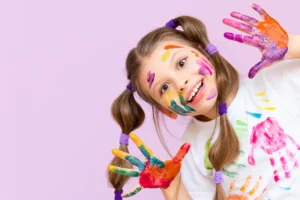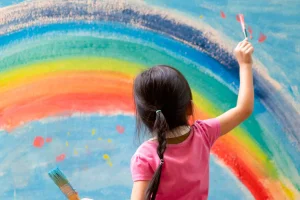How Art Therapy Activities benefit young children
![]()
- Posted by abrakadoodle.com.sg
- Categories Art Education
- Date 19 December 2022
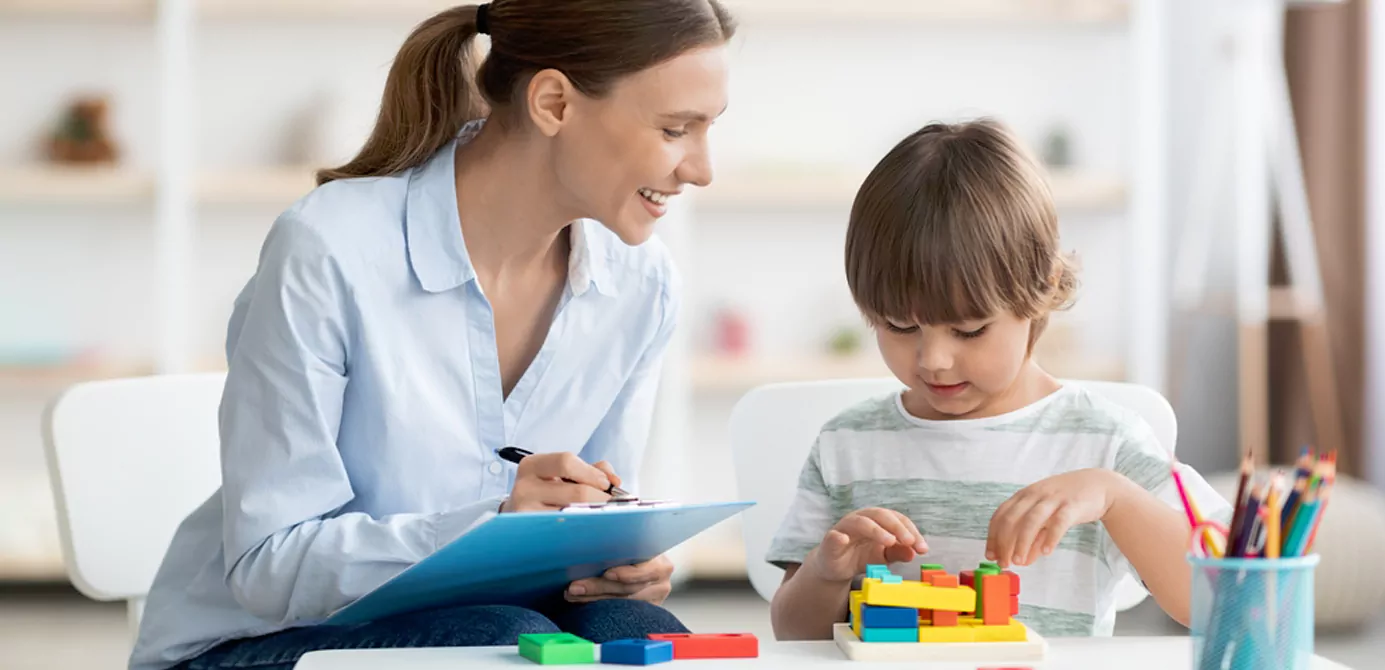
For many of us, when we think of art, we tend to think that it’s not for us. Either you think you are not very creative or feel that your child is too young to indulge in art. But there’s more to art than merely playing with paints or being good at doodling.
The fact is, allowing your brain the freedom for free expression, even by doodling, can have a remarkable impact on how you process, retain, and share information. The same thing can be expected from a child even if she doesn’t take to art as a duck takes to water.
Don’t confuse art therapy with play therapy. Because art-making, within the context of therapy, is a slightly different experience from play because it encourages the creation of a tangible product in most cases.
Art Therapy for behaviour problems is generally defined as a blended field of therapeutic practices that combine art and psychology. By utilizing the creative process, artistic techniques, and external artwork, art therapy supports a child to develop self-awareness, and explore emotions to help address an unresolved conflict or trauma.
Table of Contents
ToggleWhat is art therapy?
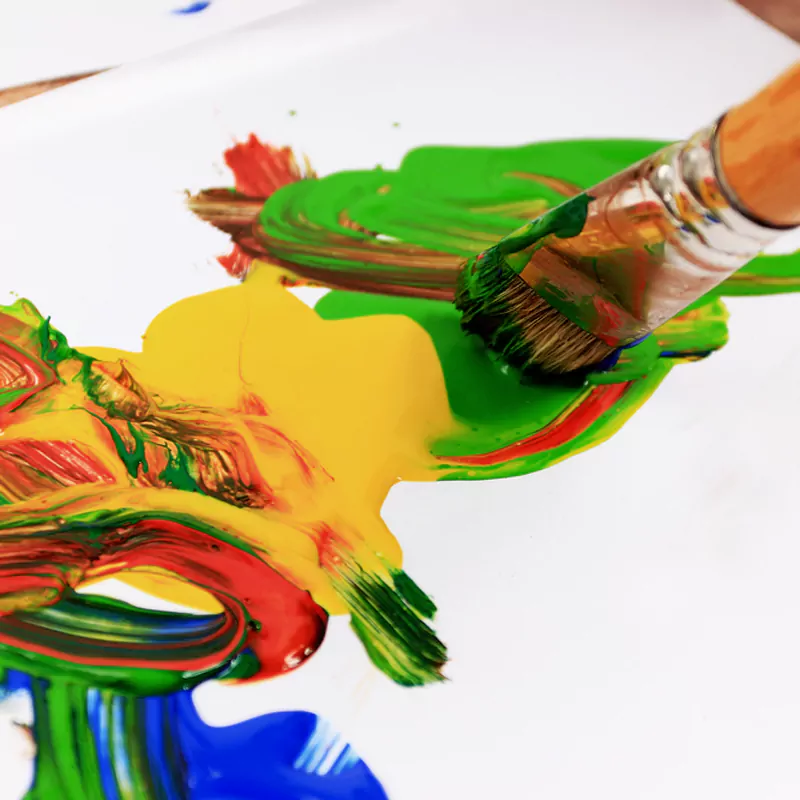
For example, when you give a child a block of play dough and ask ‘what shall we do with it?’, you automatically set the stage for conservation to begin. As soon as a child’s hands touch the play dough, the creation part takes on a life of its own.
The versatility of art therapy is immense. For young children who are anxious and need fewer stimuli, it makes their world smaller and more focused, allowing them to be fully present to create or simply relax. For older children, art therapy when applied during the early childhood development phase can widen their world by providing them with a wonderful escape mechanism.
Art is non-verbal & sensory-based
For children who may not be able to articulate thoughts, sensations, emotions or perceptions, art is the easiest way to convey what may be difficult to express with words. For those who have been exposed to traumatic experiences, art becomes a safe way to tell without talking. They will be able to speak and express their feelings without being afraid of any repercussions.
Assessing a child’s growth & development
Art expressions, particularly painting and drawing, provide useful information to assess the level of development in children, especially the younger ones. For example, differences in artistic development can help you understand better a child’s emotional experiences, cognition and sensory integration. These episodes of artistic development in young children are helpful and add valuable information not always apparent through talk therapy alone.
Art helps in self-regulation
Specific art-based activities, within the context of art therapy, will be helpful to young children. In particular, certain sensory characteristics of art-making are found to be quite effective in improving mood, sensory integration, and calming the body and mind. As a matter of fact, art may well be the only medium available to children who may have been scarred by abuse occurring earlier on in their lives.
Art helps in meaning-making
Like play therapy, art therapy provides an opportunity to encourage and enhance storytelling and narratives. Making up a story to tell about a drawing or painting, or collage, needn’t be taken literally. These narratives, however, serve as a way to slowly and safely release disturbing or terrorizing experiences.
Benefits of adopting art as therapy
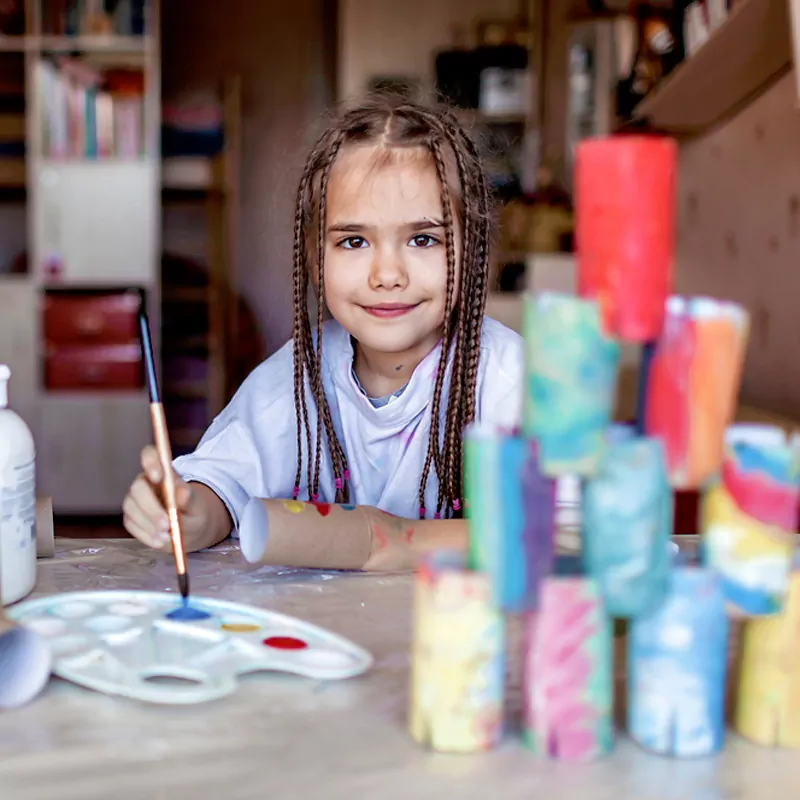
Since time immemorial, art has been an effective means of communication. Just think of the original cave drawings found in France and elsewhere in the world. This goes to show that art and drawing have been standard practices used to tell a story as a means of self-expression and to promote social interaction.
The benefits of the practice of art for emotional and social well-being are many. Margaret Naumburg often referred to as the ‘Mother of Art’, believed that children should be allowed creative freedom and that allowing them to pursue subjects that interested them, as this will enable healthy, all-around development.
Art helps improve communication skills
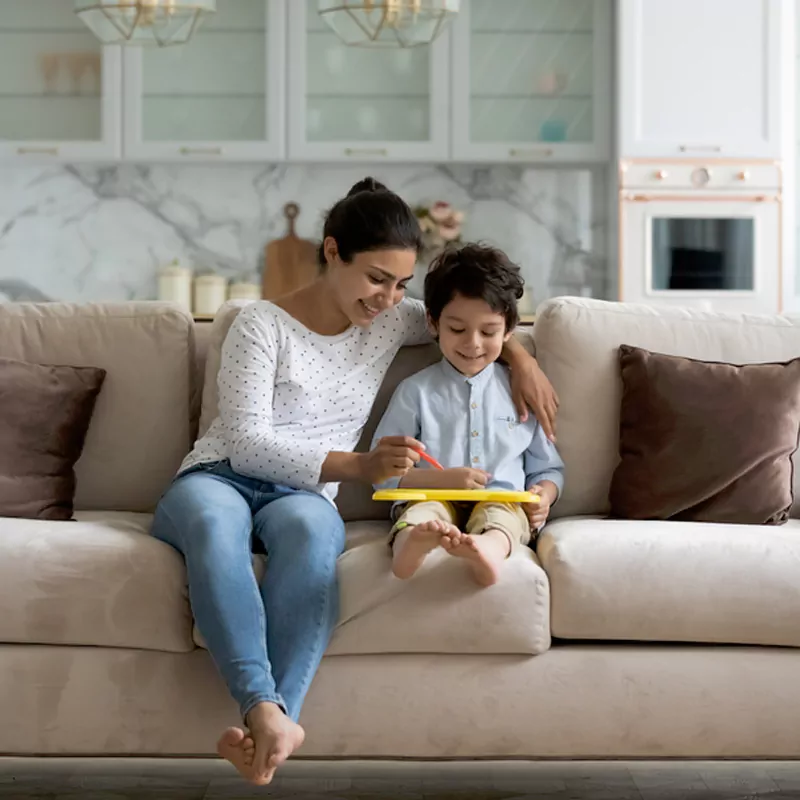
Art is beneficial for a child’s language development and communication skills. Children are visual thinkers, and creating art helps them process and express their thoughts more easily. When children talk about colours, shapes, and other elements in their artwork, they actively expand their vocabulary.
Discussing art, whether it’s their own or someone else’s work, helps in cognitive skills development. It teaches children how to describe what they see and put their thoughts into words. Speaking and listening skills are both critical skills. Therefore, hearing other children discuss art helps a child not only to learn how to listen but also articulate what she is thinking more effectively.
Art helps stabilise emotions
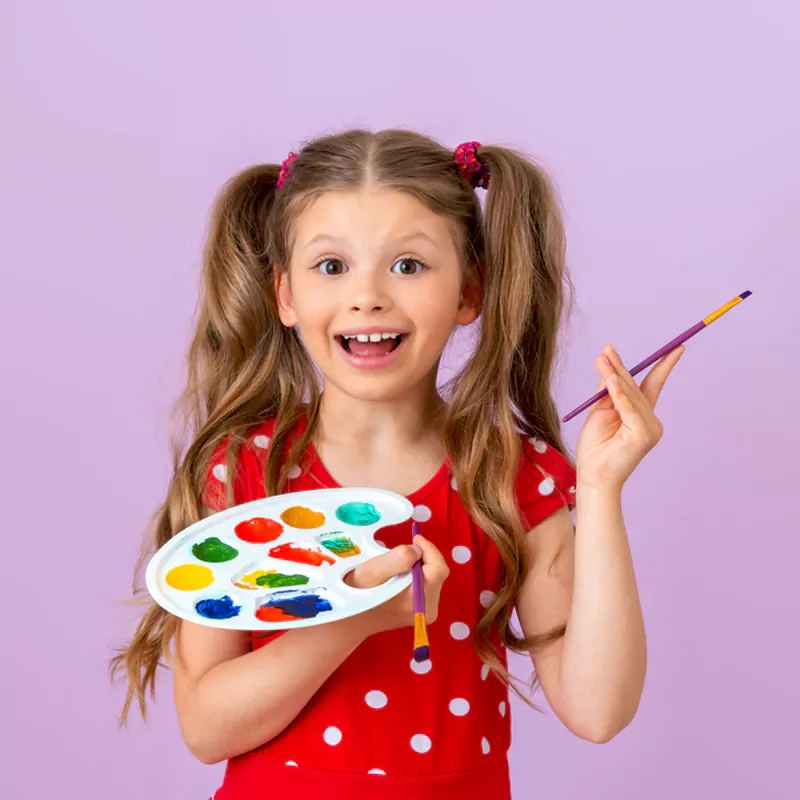
Art therapy activities are meditative, quiet, and relaxing for most children, and help calm their nervous system. It also creates opportunities to practice patience and improve their focus. By participating in art activities, children can soothe symptoms of stress, reduce anxiety, and work towards having a sense of control over volatile emotions and stabilise them.
The quiet and meditative-inducing qualities of art encourages a child to step out of a rut and reflect on what she is doing. When you hand over a blank sheet of paper and some crayons to your child, just watch her reflect and get down to scribbling away, totally engrossed and working through her emotions!
Art helps make new friends
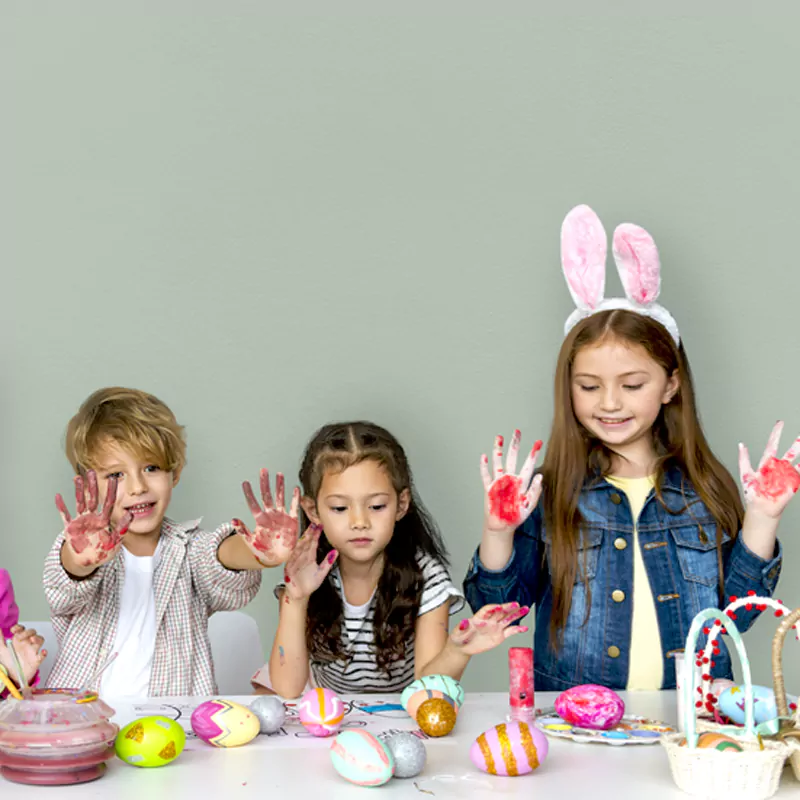
Children find art to be an enjoyable way to be together with family, or in an art class. Art classes for instance, provide a child with a heightened sense of belonging. It’s a great opportunity for your child to meet others, build connections, and make new friends.
For children who are shyer, a one-on-one conversation can be a daunting task. Art classes help such children to get out of their shells, as a piece of art gives them a chance to talk without the fear of being “shushed” midway through their sentences.
Art helps promote teamwork
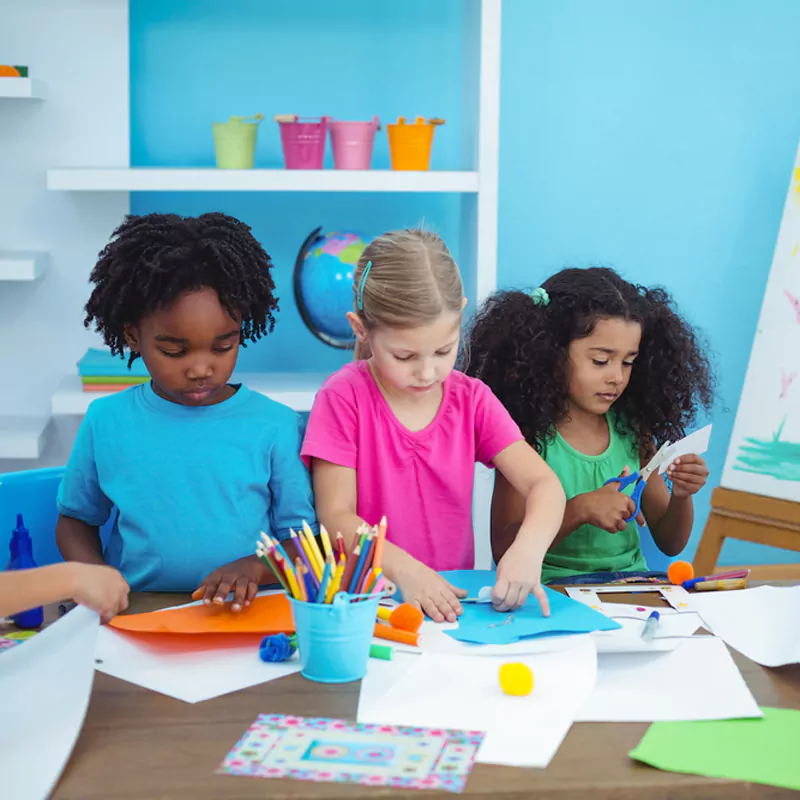
Art nurtures social skills in a more fun and relaxed environment. For instance, round-robin art is an activity where a child gets to work on a piece of art for a couple of minutes, and then passes it along to the child sitting next to her.
Since all of the children are working on the same piece of art, they learn how to work together, adapt to new ideas, and gain new perspectives. Discussing the artwork also teaches children empathy and understanding.
Joint activities such as these also teach children to share. Especially when you limit art supplies, children learn to be patient and realise that waiting for their turn is really not all that bad, and sharing is a good thing.
Art builds confidence & self-esteem
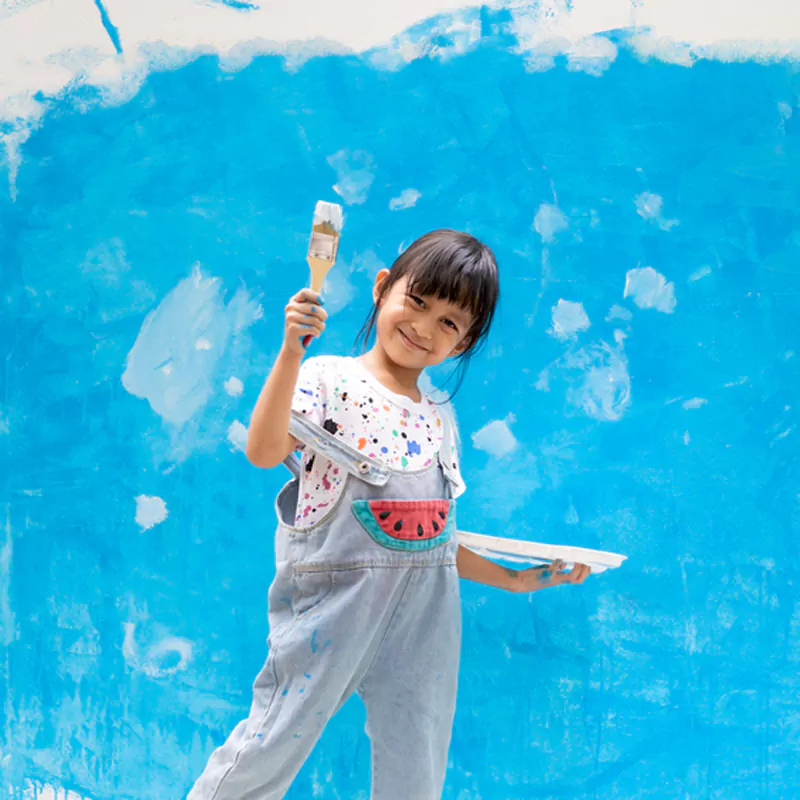
Creating art provides children with a sense of purpose. And the best thing about art is there is no right or wrong way. This is how art promotes self-expression which in turn boosts confidence.
Such social and emotional development practices are incredibly valuable to reassure children who may be struggling to cope. Always allow your child to decide what she wants to paint or draw and try not to give in to the urge to change her mind. This will improve your child’s confidence levels and raises self-esteem.
In social situations, it is advisable not to tell your child that she is wrong frequently, or get her to do art the way you want. This crushes confidence levels and lowers a child’s self-esteem. Always encourage and support your child who is interested in art, and let her talk about it by asking open-ended questions about what she is doing.
Remember, always make it a point to celebrate your child’s work by complimenting her art, providing thoughtful feedback, and praising her effort.
How to begin art sessions at home
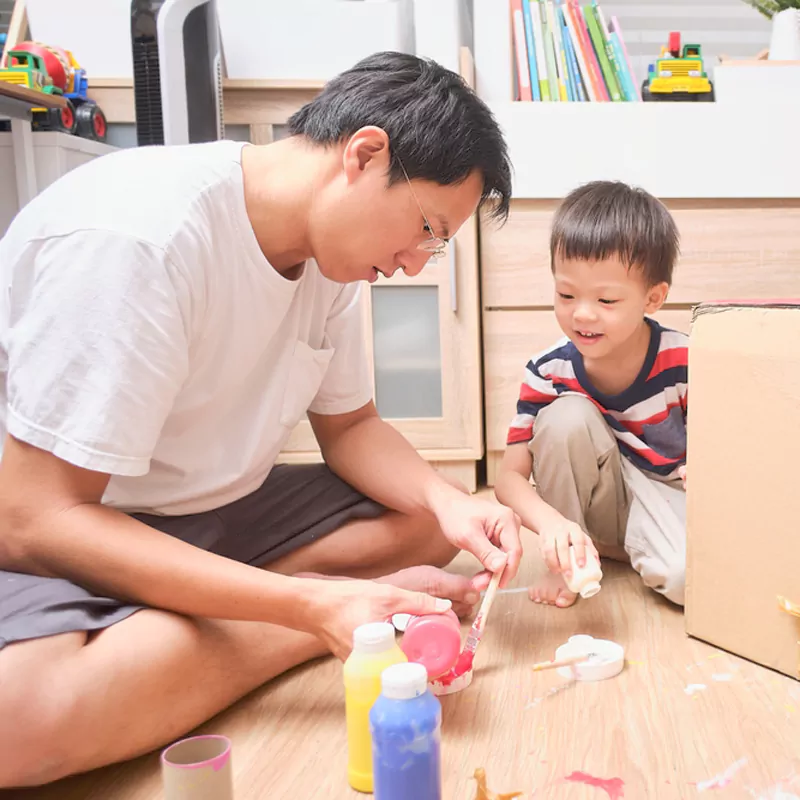
Art provides a safe and conducive space where your child can play freely and use art materials as she wishes. By being able to discover her own experiences and feelings, the child is led to a deeper understanding and transformation.
You will be pleasantly surprised and inspired by the levels of creativity and resourcefulness that will come into play.
Art therapy isn’t simply about making art. It also helps to regulate difficult emotions, broaden perspective and help you work toward equipping your child with the tools she needs to navigate life with increased confidence and resilience.
You can begin the process by providing your child with a broad range of sensory materials, such as playdough, paints, and pastels and involving your child in the making of collages using magazine clippings. You can also widen your child’s art materials, including sand play, creative writing, storytelling, puppetry, drama, music, dance and movement.
Whichever approach you take, art exercises will provide children with a safe form of emotional expression and communication that is unrestricted by language and communication difficulties.
About Abrakadoodle
Process Art learning experiences inspire toddlers and young children to think different, be innovative, and explore new ways to learn about interesting things found in the real world. Art therapy also changes the way a child discovers and imagines. Igniting her mind to think, play and learn like never before.
If you like to enrol your child in our art classes or find out more about why art classes for childhood development is important, give Abrakadoodle a call. Or better still, make an appointment with the head of a centre near you.
You will get hands-on exposure to an experience that will make you see art therapy in a way that adds value to your child’s life.
Please note: Abrakadoodle classrooms are thoroughly sanitized every day — the tables, the chairs, the children’s activity stations and everything else the child might touch is made safe and clean. They also wear a mask, wash their hands frequently, and practice social distancing.
Frequently Asked Questions
Art therapy activities serve the following purposes:
- It aids in the development of self-awareness in children
- It allows children to explore and express their emotions through a creative process
- It encourages artistic development in young children
- It aids in the resolution of unresolved conflict and the healing of trauma in children
- It fosters social and emotional development in children
Five ways that art activities can be adopted as a therapeutic practice:
1. Self-expression: It allows individuals to express themselves in ways that may be challenging to express verbally.
2. Emotional regulation: Creating art can help release pent-up emotions, such as anger or sadness.
3. Problem-solving: Through the creation of art, individuals can explore different perspectives and generate new ideas for addressing problems.
4. Trauma processing: It serves as a tool to process traumatic experiences by providing a safe and controlled space for individuals to express their emotions related to traumatic experiences.
5. Social skills building: Art builds confidence and helps individuals improve their social skills by encouraging them to work together, share ideas and express themselves in a group setting.
Therapeutic art activities for toddlers impact behavioral habits of children as it combines features of art and psychology. Art therapy can be particularly beneficial for children as it provides a non-verbal way for them to express themselves and process their emotions.
Benefits of art therapy and creative art activities for young children:
- Art helps improve communication skills
- Art stimulates cognitive skills development
- Art helps children understand and regulate emotions
- Art provides the opportunity to make new friends
- Art strengthens social bonds and promotes collaboration
- Art builds self-esteem and increases confidence
Following are the positive effects of process art as a form of therapeutic practice:
- Art classes prove to be a calming and grounding platform that can help individuals manage stress and anxiety.
- It helps individuals process and regulate their emotions in a healthy manner.
- It helps individuals develop cognitive skills such as problem solving, spatial awareness, and creativity.
- Art activities for toddlers encourage them to appreciate their own unique abilities and perspectives.
You may also like
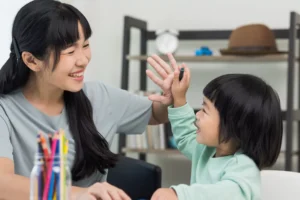
Art Lessons Help Children To Think And Express Themselves Clearly
